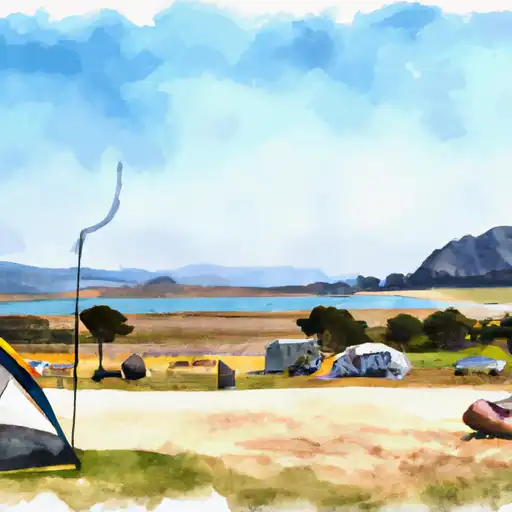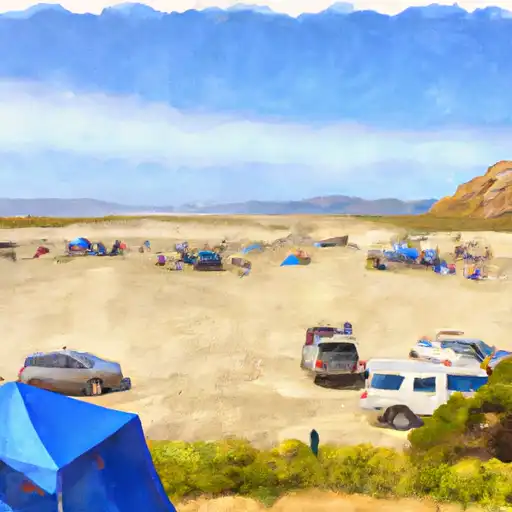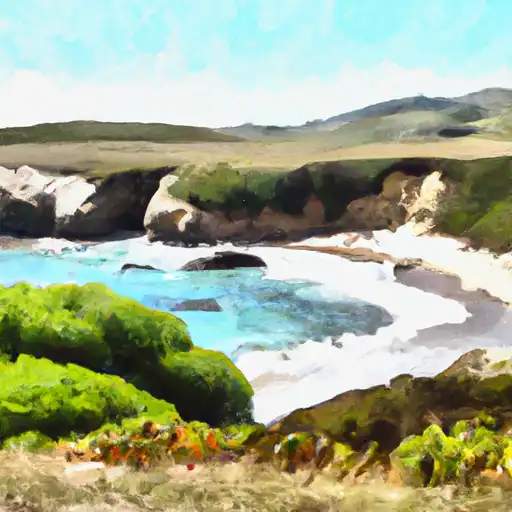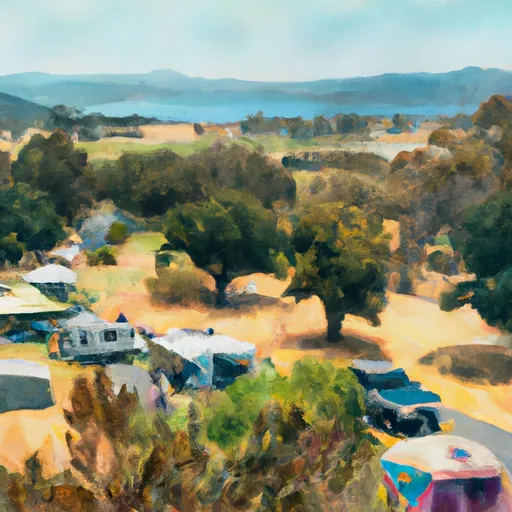2025-12-27T11:00:00-08:00
* WHAT...Large breaking waves of 9 to 14 feet with dangerous rip currents. * WHERE...San Luis Obispo County Beaches and Santa Barbara County Central Coast Beaches. * WHEN...Until 11 AM PST Saturday. * IMPACTS...There is an increased risk for ocean drowning. Rip currents can pull swimmers and surfers out to sea. Large breaking waves can cause injury, wash people off beaches and rocks, and capsize small boats near shore. * ADDITIONAL DETAILS...Minor to potentially isolated moderate coastal flooding for south-facing beaches especially during high tides.
Summary
Standing at an elevation of 581 feet (177 meters), it is a volcanic plug formed around 23 million years ago. This iconic rock formation has a distinct shape resembling a miniature mountain, making it a popular destination for rock climbers and hikers.
During the winter season, the Pacific Ranges experience a variable snowpack, and Morro Rock is no exception. The snowfall in this area can range from minimal to significant depending on the year, with the highest accumulation typically occurring at higher elevations. This snowpack can provide opportunities for winter sports enthusiasts, such as skiing and snowshoeing.
Morro Rock is surrounded by several creeks and rivers that receive runoff from its slopes. The most notable waterway is Morro Creek, which flows at the base of the rock and empties into the Pacific Ocean. Morro Creek provides a scenic backdrop for visitors and supports a diverse ecosystem with various plant and animal species.
The name "Morro" is derived from the Spanish word for "pebble" or "small hill." The rock was named by Portuguese explorer Juan Rodriguez Cabrillo in 1542. Interestingly, Morro Rock has its share of fascinating legends and lore. One such legend tells of the rock being a sleeping giant, who will awake to protect the local Chumash tribe in times of need. These stories add an element of mystery and intrigue to the already captivating Morro Rock.

 Morro Bay State Park
Morro Bay State Park
 Morro Strand State Beach
Morro Strand State Beach
 Montana de Oro State Park
Montana de Oro State Park
 Badger Flat Camp / Site e3
Badger Flat Camp / Site e3
 Deer Flat Camp / Site e4
Deer Flat Camp / Site e4
 Camp San Luis Obispo RV Military
Camp San Luis Obispo RV Military